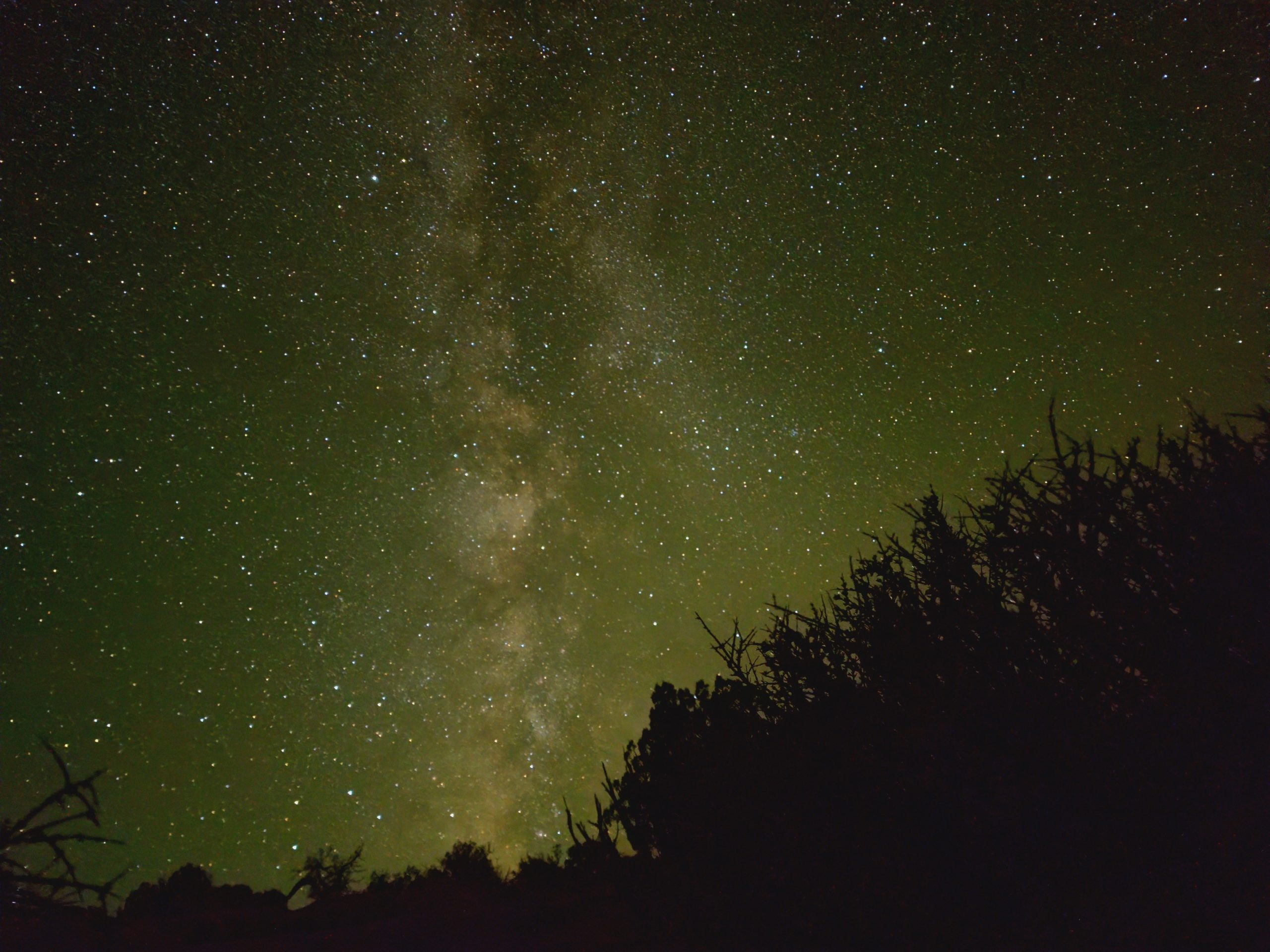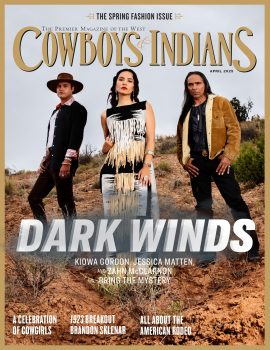For the best celestial experience in the West, go stargazing at Utah’s Dead Horse Point State Park.
While any neck-craning night at Zion, Arches, Canyon-lands, Bryce Canyon, or Capitol Reef can confirm that southern Utah is the most staggering stargazing locale on Earth, there’s actually an official stat to back that up. According to Dark-Sky International, a nonprofit dedicated to protecting the night-time environment by reducing light pollution, the Beehive State is home to the highest concentration of certified International Dark Sky Parks and Communities on the planet, with the greater Moab area boasting the highest concentration of officially certified International Dark Sky Places in the world. That makes Utah the best place in the West to remind us what night is still supposed to look like with all the lights off.
Utah’s “Mighty Five” national parks hog much of that celestial spotlight out here. Savvy stargazers can redirect their eyes, scopes, star pointers, and assumptions about hidden gems with sad-sounding names to Dead Horse Point State Park.
Tucked in the light-eschewing shadow of those better-known dark places (and just a half-hour from Moab), Dead Horse quietly became the first state park to achieve “International Dark Sky Place” status in Utah nearly a decade ago—and word still isn’t quite out yet. Perched on a plain above a crook in the Colorado River with panoramas that rival any A-list park in a state stuffed with them, Dead Horse is a local haven for hikers, mountain bikers, and vista gazers when the sun is up. It would take quite a nightly show to upstage all that—and the park delivers with reliably unbelievable night skies. But it’s not just you with your laminated star chart trying to locate Orion and the Pleiades.
The park hosts some of the finest ranger-led stargazing events in astronomical Utah—including telescope programs, constellation tours, multimedia astronomy talks, and many dark sky-specific attractions such as star parties, full-moon hikes, planet walks, scorpion hunts, and bat talks. The programs run throughout the year but more frequently March through October, or seasonally, when, say, nocturnal critters like scorpions are out on a starry, starry night.
“Dead Horse Point is a very special place to stargaze,” says ranger-naturalist Koye Willis, who heads up the park’s astronomy program. “We’re remote here, so you don’t have a ton of light pollution blocking your view, and we also usually have more temperate weather, which makes it easier to stargaze all year long. I love sharing the night skies with people who don’t get to see stars like this where they are from and watching the joy and excitement on their faces when they see the Milky Way or Saturn for the first time.”
Reserve a site at one of two campgrounds up to four months in advance, and time your visit for the Perseid (peaking August 12–13, 2025) or Leonid (mid-November) meteor showers when the Dead Horse resurrection gets truly mind-blowing, visit stateparks.utah.gov.
Read our exclusive in-depth interview with Dead Horse Point State Park stargazing ranger Koye Willis here and “10 Tips for a Stellar DarkSky Camping Experience” here.
PHOTOGRAPHY: Courtesy Koye Willis.















